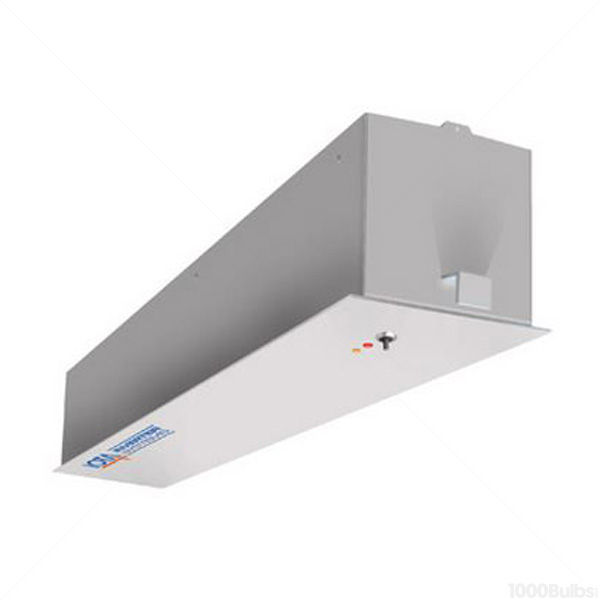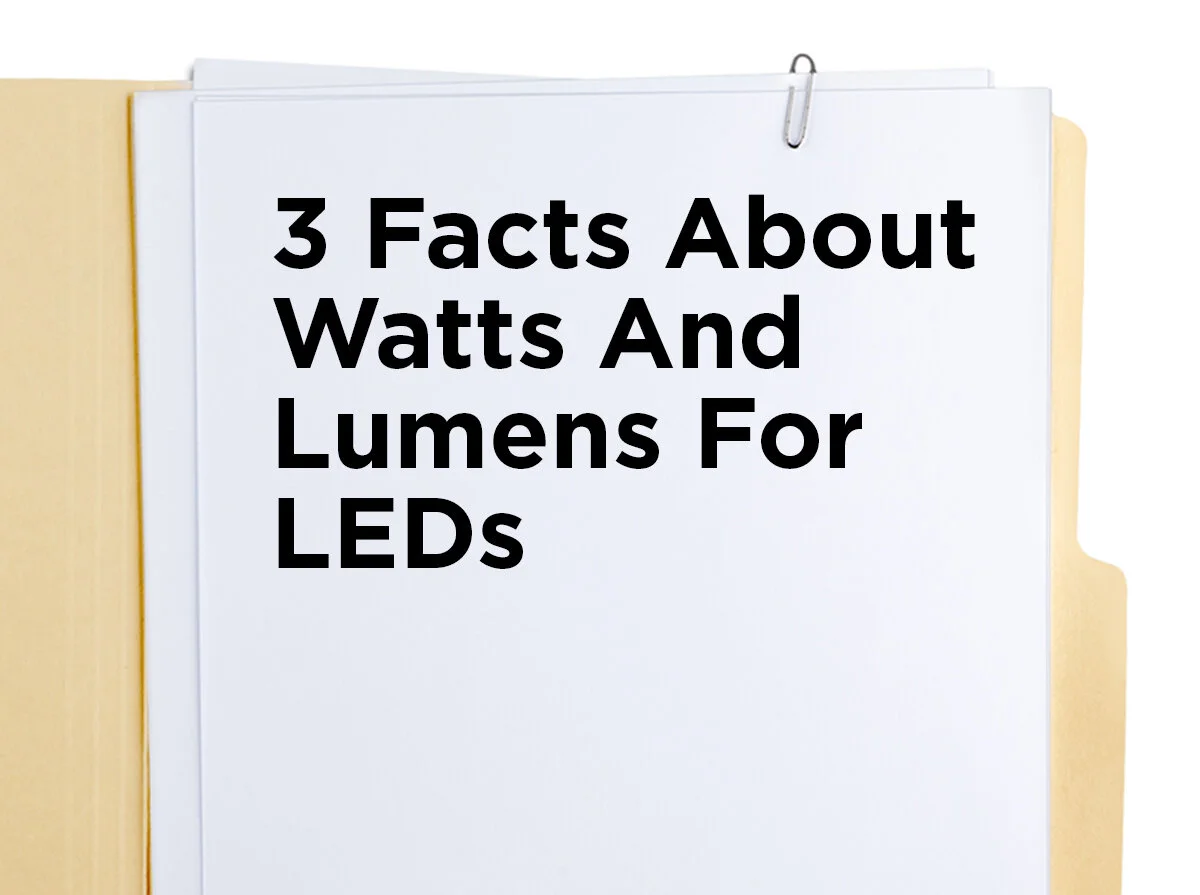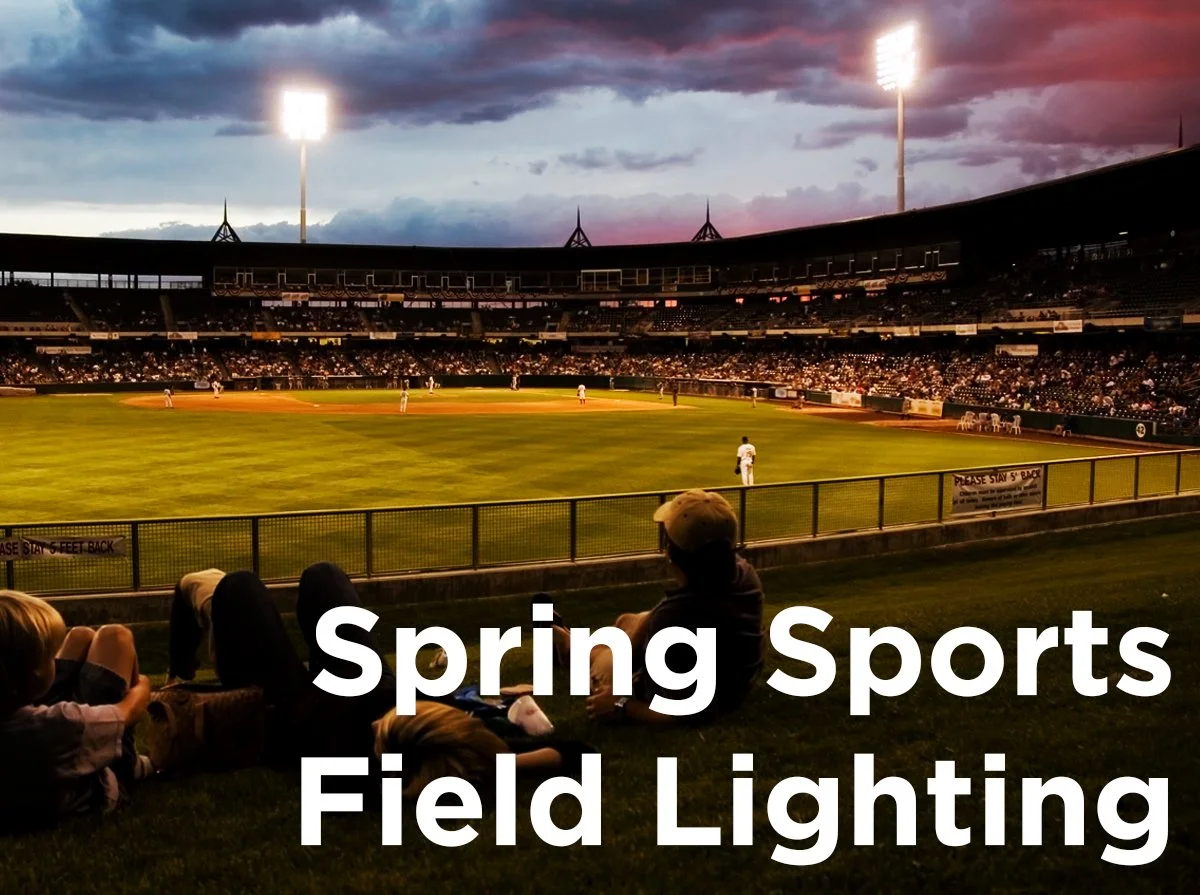Emergency Lighting for LED Retrofits
If you’ve upgraded to LED lighting or are considering making the switch, you’re still going to need emergency lighting to stay up to code. Luckily you have several options for supplying power to the lights leading to your designated exits. To make sure you’re never in the dark during an outage, today’s blog post focuses on emergency power and lighting choices.
Emergency lighting is required in all commercial locations including factories, schools, churches, apartment complexes, hospitals, and many other facilities. The Occupational Safety and Health Administration (OSHA) states that commercial buildings must have clear exit routes from any point within a workplace to a place of safety. OSHA also acknowledges and accepts the National Fire Protection Association’s (NFPA) emergency exit illumination requirements. In addition to exit sign guidelines, NFPA states that emergency lighting to an exit (aka “egress lighting”) must maintain at least an average of one foot-candle (i.e. one lumen per square foot) of illumination for a minimum of 90 minutes. The system must also operate automatically in the event that normal power is interrupted. A building owner has a choice of four options: an emergency power generator, an emergency inverter, designated emergency lights, or individual emergency backup drivers.
Emergency Power Generator
Installing an emergency power generator is like hooking your building up to its own mini power plant. They use natural gas, liquid propane, or diesel fuel. The fuel powers a motor that in turn powers an alternator to create electricity. A commercial backup generator is expensive—to the tune of several thousand dollars—but it can keep your building operating at full power for days at a time.
Iota Emergency Inverter
Emergency Inverter
For shorter periods of time, you could install an emergency inverter, which is basically a giant battery. The inverter charges while the main power is working. In an outage, the inverter can store enough power to supply large sections of lighting over long distances. Many inverters are rated to handle LED lighting and can be mounted inside a building to power outdoor lights. However, the average time limit for an inverter is about 90 minutes.
Emergency Lights
Emergency incandescent light fixture
Traditional emergency lighting uses light fixtures with built-in batteries, installed separately from the main lighting. These fixtures are available with incandescent, halogen, or LED lamps and resemble bullet security lights for building exteriors, also known as “bug eye” lights. Fixtures are wired to the main power to charge the internal battery and are only lit when the primary electricity fails. Like the inverter, 90 minutes is the average time limit on these lights. Despite the extra installation, if you have a smaller building or the initial upfront cost of an inverter or generator is prohibitive, then emergency lights will keep you on the right side of regulations.
Emergency Backup Drivers
Fulham LED emergency lighting system for retrofittting troffers
If you don’t want the extra hassle of installing more light fixtures, you can utilize your current lights for egress lighting. Backup drivers or emergency ballasts are specifically for lighting that already needs a driver to regulate the power supply. Any fixture using HID lamps, T8 bulbs, or plug and play LED tubes is using a ballast or driver. Backup drivers still regulate the power supplied to fixtures in an emergency, they just include a battery.
More recently, Fulham has developed an LED emergency lighting system to retrofit troffer fixtures and keep up with evolving LED lighting. The kit includes a driver, battery pack, LED array, and a test switch. The system is wired separately to the main power, providing light via the LED array you would mount inside the existing fluorescent or LED fixture. For ultra slim, lay-in LED panels—the kind you can’t open—they also have emergency LED drivers able to be mounted to the back side of the fixture during new construction.
To find out if your building is up to code, check out OSHA’s helpful checklist. Don’t forget to write your questions, suggestions, and advice in the comment area below. 1000Bulbs.com offers everyday lighting solutions for your business or home. Visit our Facebook, Twitter, LinkedIn, or Pinterest for more lighting knowledge and ideas.
Sources
http://www.csemag.com/single-article/the-basics-of-emergency-illumination/a12226c38debb6b40d791d0814b4a3bb.html
https://www.nationalfireinc.com/inspection-testing/emergency-exit-light.html
http://www.nfpa.org/codes-and-standards/all-codes-and-standards/list-of-codes-and-standards?mode=code&code=101&tab=about










